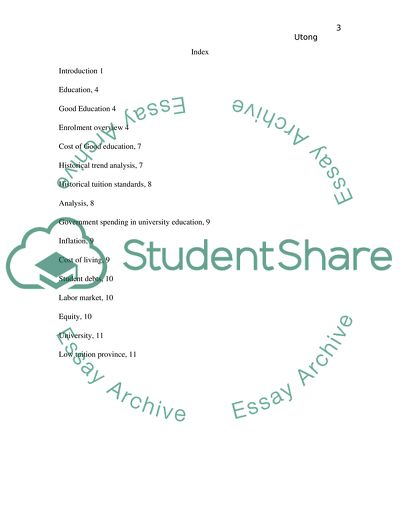Cite this document
(Tuition fees and its effects in Canada (Saskatchewan) Essay, n.d.)
Tuition fees and its effects in Canada (Saskatchewan) Essay. https://studentshare.org/macro-microeconomics/1850345-tuition-fees-and-its-effects-in-canada-saskatchewan
Tuition fees and its effects in Canada (Saskatchewan) Essay. https://studentshare.org/macro-microeconomics/1850345-tuition-fees-and-its-effects-in-canada-saskatchewan
(Tuition Fees and Its Effects in Canada (Saskatchewan) Essay)
Tuition Fees and Its Effects in Canada (Saskatchewan) Essay. https://studentshare.org/macro-microeconomics/1850345-tuition-fees-and-its-effects-in-canada-saskatchewan.
Tuition Fees and Its Effects in Canada (Saskatchewan) Essay. https://studentshare.org/macro-microeconomics/1850345-tuition-fees-and-its-effects-in-canada-saskatchewan.
“Tuition Fees and Its Effects in Canada (Saskatchewan) Essay”. https://studentshare.org/macro-microeconomics/1850345-tuition-fees-and-its-effects-in-canada-saskatchewan.


